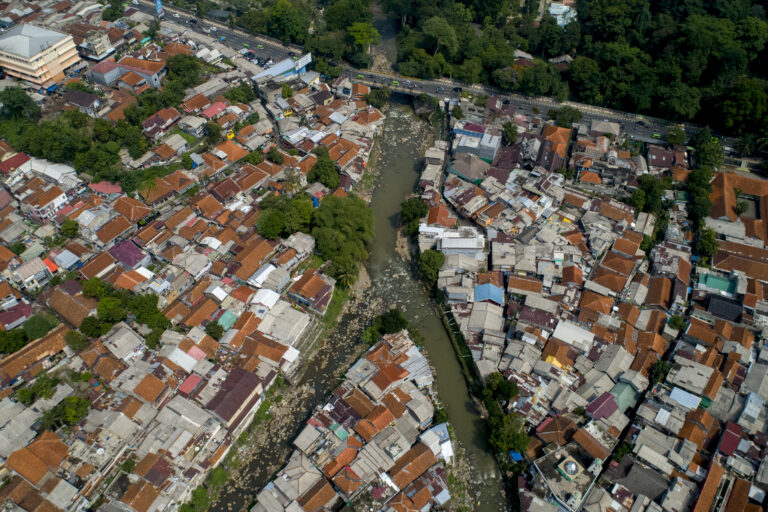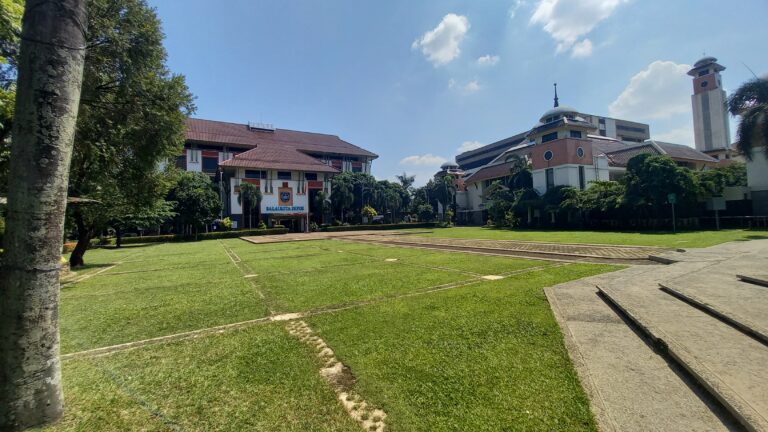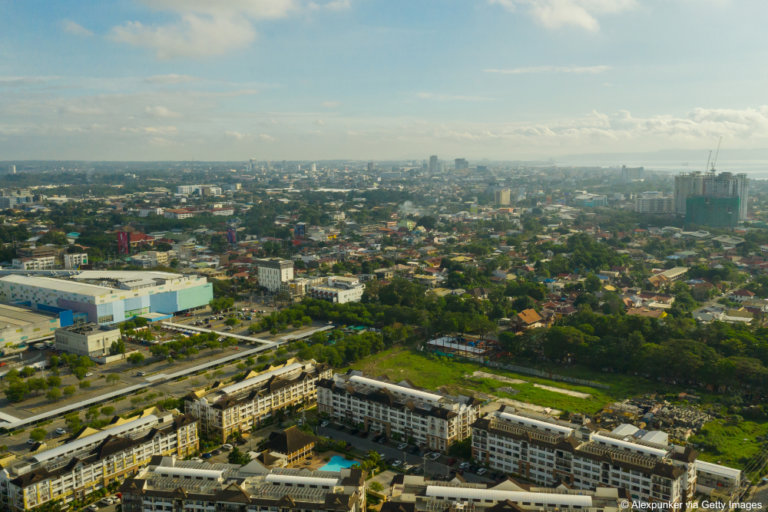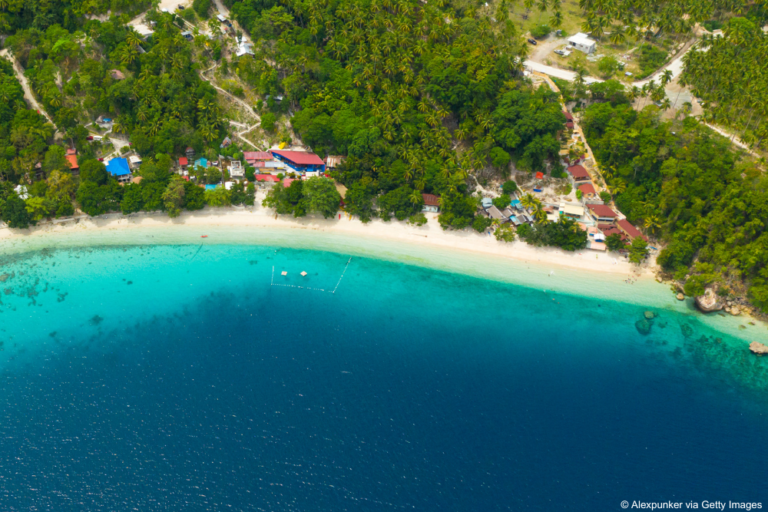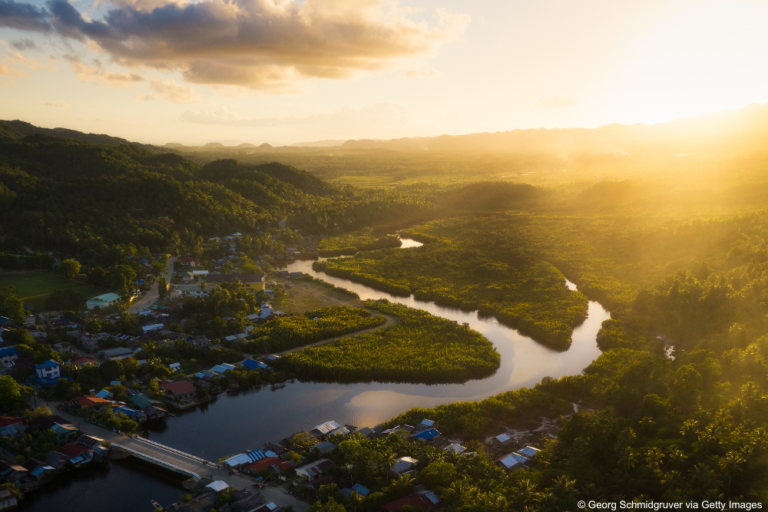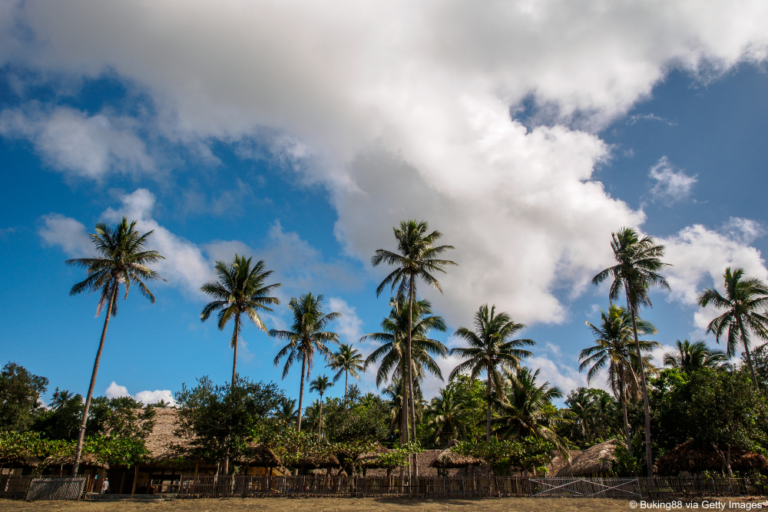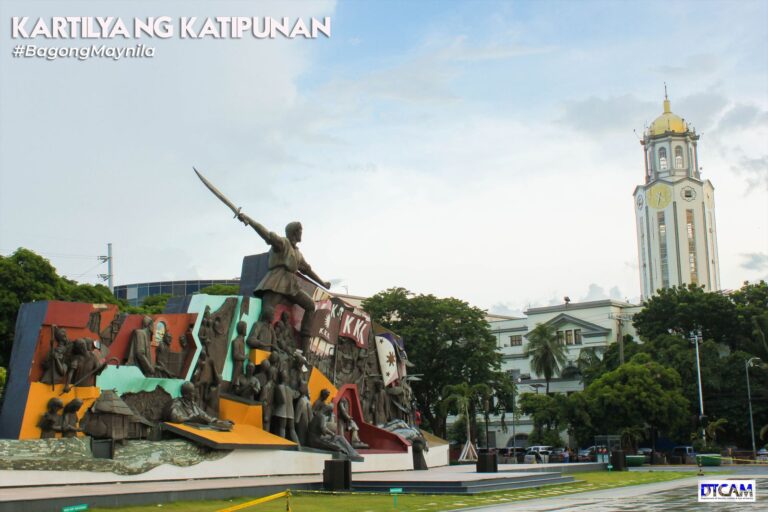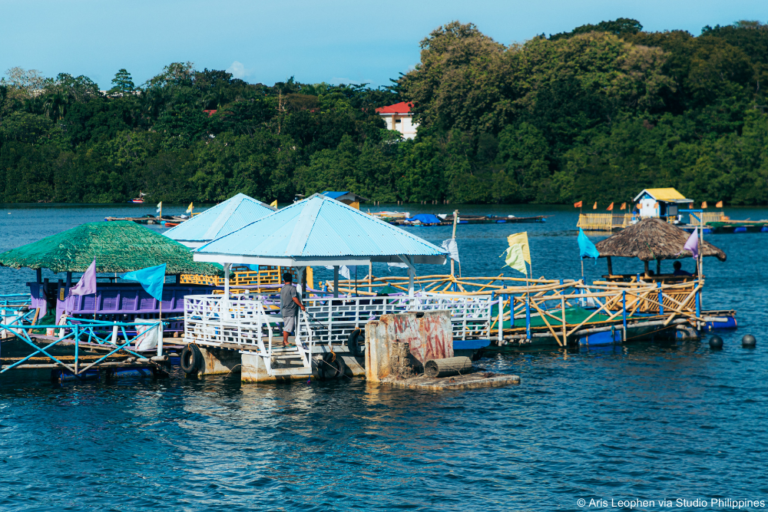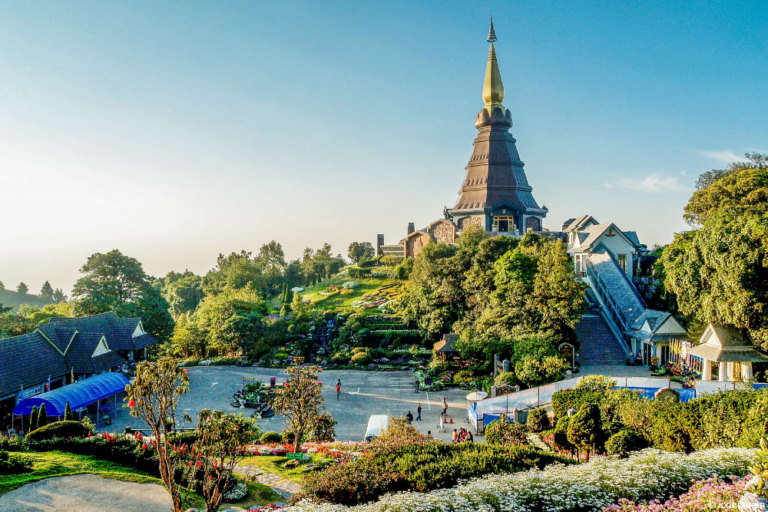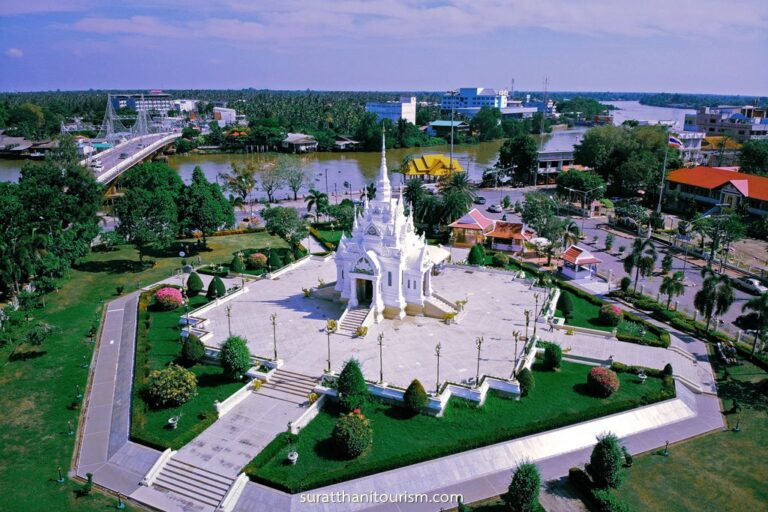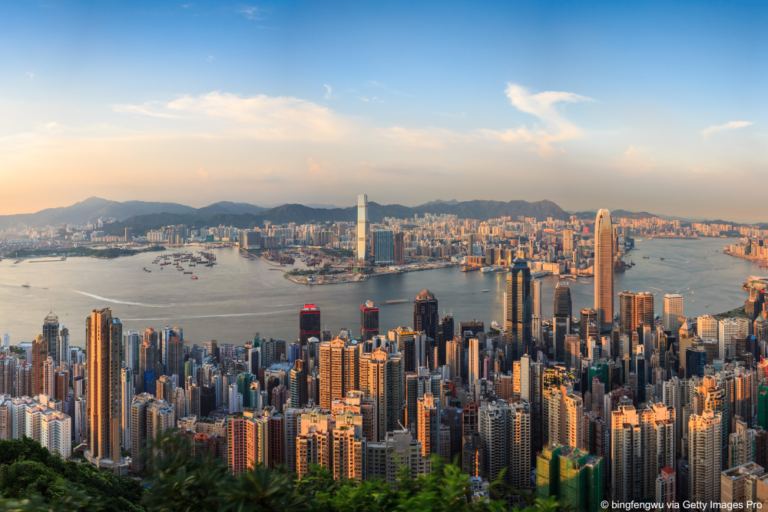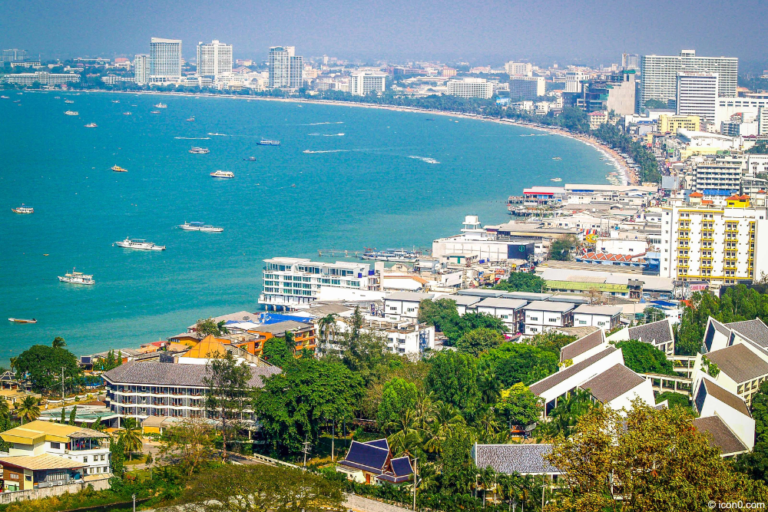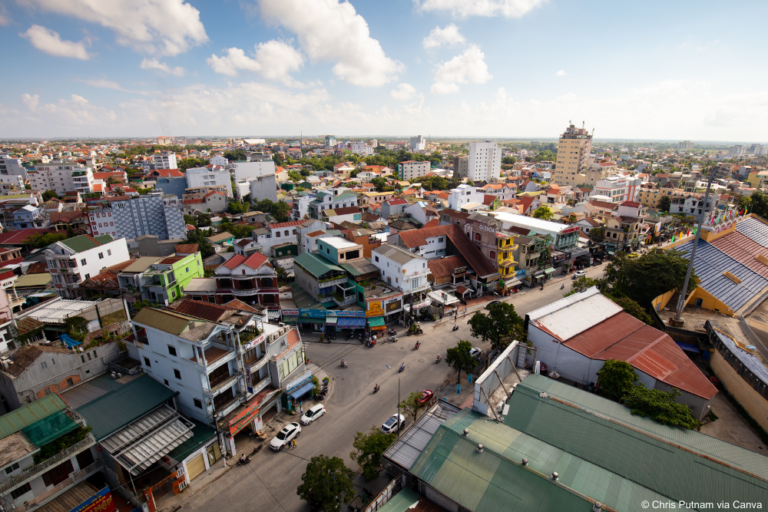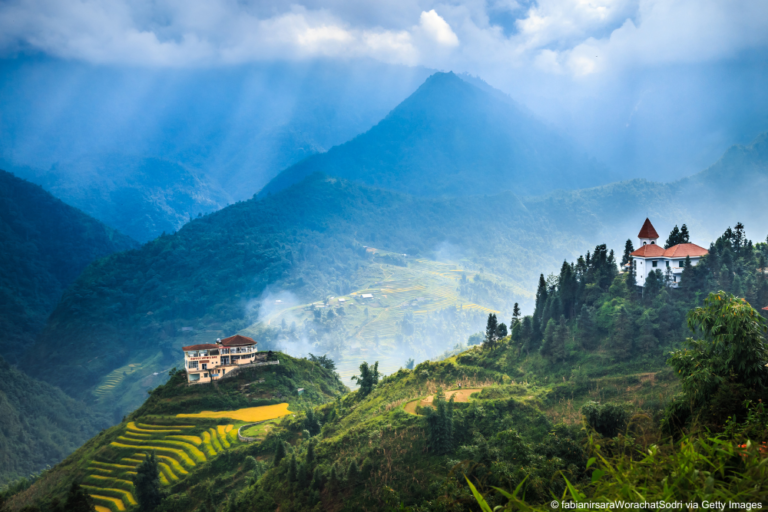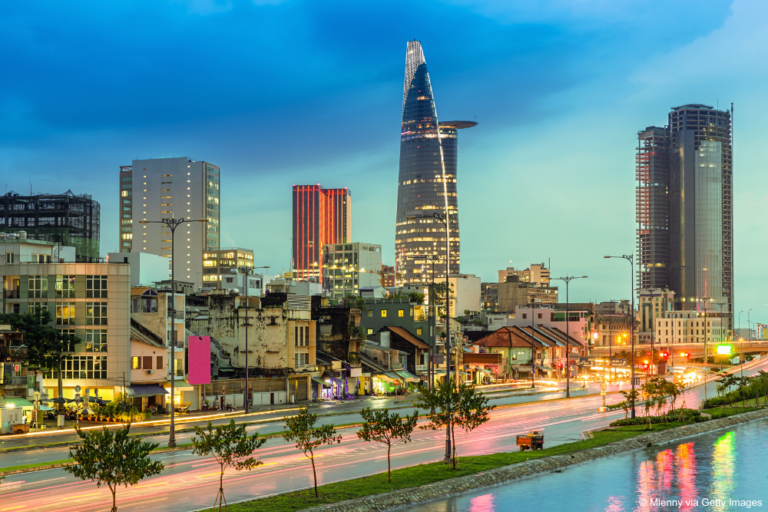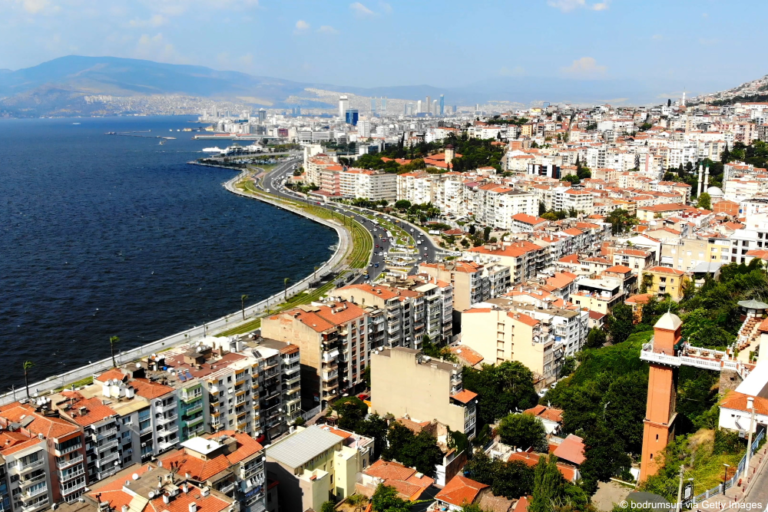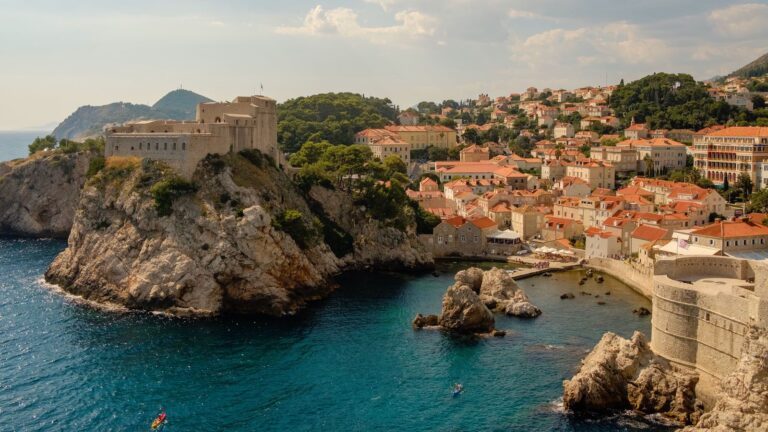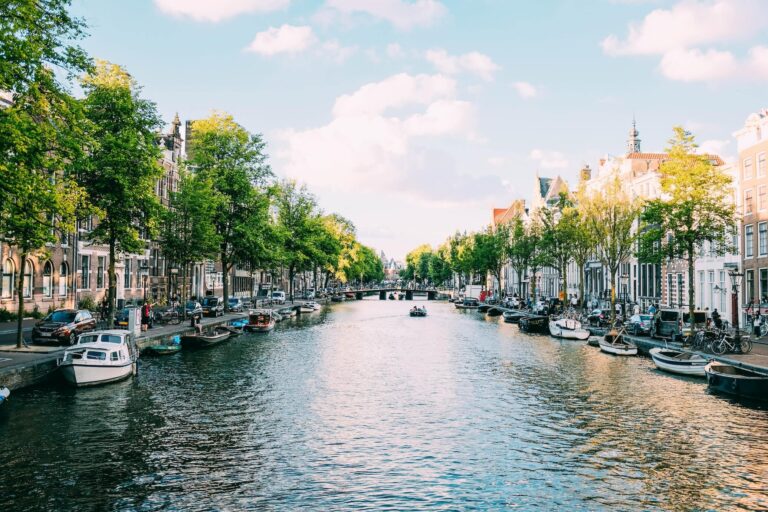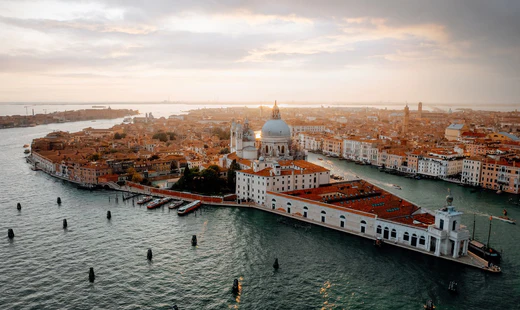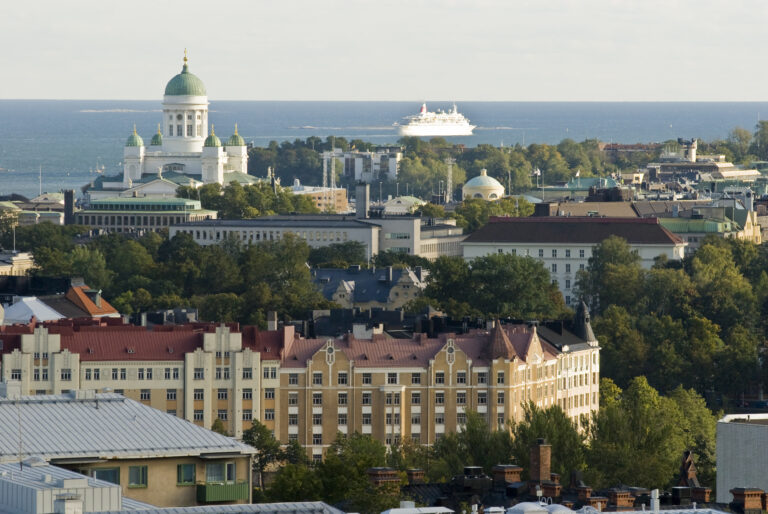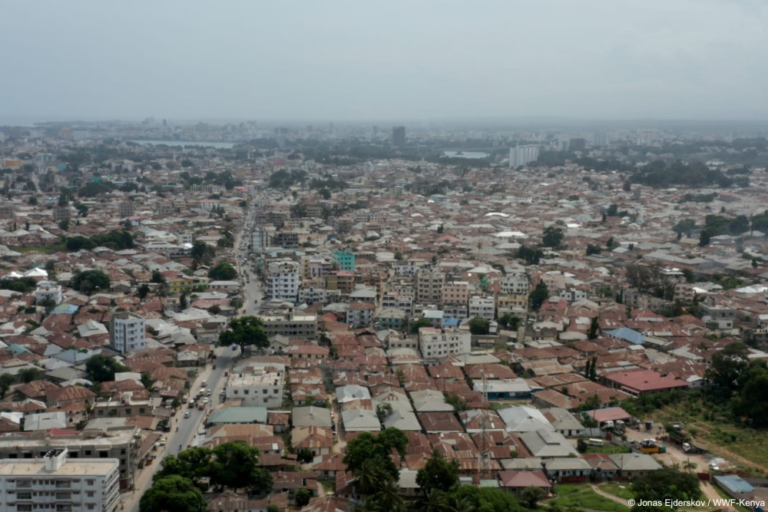Palawan boasts of being the Philippines’ top source of municipal fisheries, seaweed production (which is the country’s top fishery export), and nature tourism destination, with over 1 million tourists visiting the island province every year. The risks posed by degradation of its natural resources, including that of its natural beauty, poses a threat to both food security and the economy. The economic opportunities presented by capture fisheries, aquaculture and tourism could be a boon or a bane. The economic activities could cause the degradation, but on the other hand, they offer incentives for management so that the economic opportunities they present could become sustainable.
Taytay is included in the 294 emerging cities and municipalities in the Philippines. It has placed 3rd in the most populous municipalities in Palawan. It is also known as one of the 12 largest urban municipalities in the Philippines and the 7th largest municipality in Luzon, having an area of 1,257.68 km2. (DENR-CENRO, 2014) As of 2010, the Census revealed that Taytay has a total population of 88,412 people. At the beginning of the 21st century, the municipality retained an increasing population growth.
One threat that has very quickly taken center stage in conservation circles recently is the issue of plastic waste. Being non-biodegradable, plastic wastes that reach our natural habitats threaten wildlife, mar the beauty of a place, and the pervasiveness of micro-plastic in our food, water and air worries us about their long-term effects on humans. All three industries in Palawan use significant amounts of plastic—fishing nets from fisheries, the plastic strings and flotation devices from seaweed farms, and the packaging materials from the tourism industry. While the extensive use of plastic in these industries is a threat, it offers WWF a new area of work to reduce the use of plastic and its leakage to natural habitats. At the same time, it offers an opportunity to integrate the plastic reduction work in an area where WWF is entrenched in an MPA.
The fish communities of Taytay are in relatively good condition in terms of diversity and structure. A total of 224 species of fish distributed among 39 families were recorded. This includes at least 13 unidentified fish from eight (8) families. A total of only 14 species from 4 families were indicator species. Eleven (11) of the 14 indicator species listed were coral feeding fishes while three (3) were indicators of silty environment. Municipality of Taytay harbors marine wildlife. Most species of marine mammals and sea turtles are in the IUCN endangered species list. Among these marine mammals are the dugong, dolphins (i.e Irrawady dolphin), whales or cetaceans and turtles.
Taytay ranks among the top producing municipalities in the province of Palawan in terms of fisheries with its catches of anchovies, coral trout, red-belly yellow tailed caesio, and tuna. According to the 2007-2015 data of MAO, there are 6,318 fishermen in the whole of Taytay. In addition, there are 34 existing fishermen associations with 1,029 members in total. Fish mainly comes from the Malampaya Sound and Taytay Bay, which have a combined catch of approximately 28,835 metric tons (CBCRM Research – Tambuyog 1994 and CLWUP). The Malampaya Sound is home to abundant fishes and the Irrawaddy dolphins, an endangered species found only in remote areas in Southeast Asia. On the other hand, Taytay Bay is an area for Live Reef Fish Trade (LRFT), specifically for coral trout locally known as ―suno”. Dugongs can also be found in this marine water.
According to the Municipal Environment and Natural Resources Office (MENRO) of Taytay, the agency responsible in handling the waste management activities such as but not limited to garbage collection, recycling, disposal, and IEC program initiatives, it is still a challenge for them to collect all residual wastes in their municipality because of its limited resources. Considering the smallness of the area covered (5/31 barangays or 16%), collection is done daily at barangay Poblacion, while for island barangays it was done once a year or depending on the BLGU’s schedule. Usually, the LGU provides fuel assistance for the motor banca used in hauling/transporting residual wastes from island barangays. Collected waste is transported and disposed of to an open pit or cell which is 3 meters wide, 2 meters deep, and 60 meters long in a 3-hectare dumpsite located in Sitio Langayan, Poblacion.
There is a low to medium level of public awareness on solid waste management in the island barangays in the Municipality of Taytay. One of the key issues identified in their ISWM is the resistance of some members of the community when it comes to proper disposal of their wastes. Most households generate mixed wastes and are non-compliant with barangay orders on waste segregation. According to the MENRO, efforts to educate the public on reduce, reuse, recycle (3R) practices and proper segregation are insufficient to spur change. However, residents have observed the effectiveness of local policies since the municipality enforced the “No Plastics” ordinance.
With the implementation of Municipal Ordinance No. 194, Series of 2014 An Ordinance prohibiting the use of plastic bags on dry goods, regulating its utilization on wet goods and prohibiting the use of Styrofoam within the Municipality of Taytay, Palawan, the usage of such plastic products is controlled and regulated.
Every island barangay has its own Ecological Solid Waste Management but no strict implementation was observed due to lack of funding sources and political will of local officials. The proposed project will focus on two to three Island Barangays of Taytay as viable models for an archipelagic setting with densely populated small islands which often do not have access to electricity. The project aims to facilitate the transfer of knowledge and techniques to other local officials and island communities throughout the municipality and enable them to replicate or adapt these viable approaches on their own.
The Municipality of Taytay has its 10-year Integrated Solid Waste Management Plan (2018-2027), the objectives of this plan are:
- to achieve 55% waste diversion by the end of 2018 and to increase waste diversion of 79.59% at the end of the planning period;
- fully implement waste segregation at source in LGU’s waste collection area within 4th quarter of 2019 and within the whole municipality;
- to implement a segregated collection system in LGU’s waste collection area within 4th quarter of 2019 and sustain waste collection services in this Municipality within the plan period;
- to enforce mandatory composting at source within the 4th quarter of 2018.
Through this project, WWF-Philippines will leverage its previous plastic programs to support two to three island barangays in the Municipality of Taytay, Palawan in establishing a barangay waste management system/ mechanism that is participatory and value-driven. It seeks to strengthen local policies and regulations founded on a holistic representation of perceptions in the community, which empowers youth to participate in solid waste management through innovation and enables livelihood opportunities for women and the informal waste sector.
Throughout the project, WWF-Philippines seeks to develop and present two to three island barangays as a model that can be implemented and scaled across other island barangays in the municipality and the national network of the WWF No Plastic in Nature Initiative. The proposed activities will engage various sectors such as public schools, fisherfolk, women’s groups and other sectors in the community. Also, the project will collaborate with the Municipal Tourism Office (MTO) that will promote responsible tourism on island barangays.
The project has a three (3) year timeline which will focus on three island barangays namely; Beton, Debangan and Paly with the following major objectives:
- Baseline assessment and identification of solutions
- Piloting/ implementation of practical\ affordable and innovative solutions
- Documentation of tested solutions in the island communities
Waste Analysis and Characterization Study (WACS) was conducted in Paly, Debangan, and Beton in Taytay, Palawan from February to March 2023. During the assessment of WACS in the three island barangays, it was observed that the second and third highest contributors to waste were residual and recyclable plastic materials. See in Table 1.
Type of Waste | Debangan | Paly | Beton | |||
Weight (kg) | Percentage (%) to total | Weight (kg) | Percentage (%) to total | Weight (kg) | Percentage (%) to total | |
Biodegradables | 280 | 77 | 344 | 47 | 301 | 80 |
Residuals | 16 | 4 | 101 | 14 | 24 | 6 |
Recyclable glass | 32 | 9 | 89 | 12 | 13 | 3 |
Recyclable plastics | 7 | 2 | 71 | 10 | 27 | 7 |
Special waste | 19 | 5 | 57 | 8 | 3 | 1 |
Recyclable metals | 5 | 1 | 43 | 6 | 5 | 1 |
Recyclable paper | 6 | 2 | 19 | 3 | 4 | 1 |
Other recyclables | 0.7 | 0.2 | 4 | 1 | 0.6 | 0.2 |
Total | 365.7 | 100 | 728 | 100 | 377.6 | 100 |
Table 1; shows the type of waste and the corresponding weight generated per day for the three island barangays.
Identified solutions to reduce plastic waste leakage
The project organized a Design Thinking Workshop on developing plastic waste reduction in the small island fishing communities in Taytay Bay, Palawan. The activity aimed to present the preliminary findings of the WACS conducted in the three island barangays of Taytay Bay. It further aimed to co-identify solutions and possible partners to be piloted in the project areas. Lastly, it aimed to prioritize identified solutions for piloting in Taytay, Palawan. The workshop participants were representatives from the three island barangays, the mainland barangay (barangay Poblacion), and the MENRO.
As per the result of DTW, the potential solutions for the Taytay Solid Waste Management (SWM) system were categorized into four stages:
- Household Segregation: Initiating awareness campaigns and educational programs to encourage residents to segregate their waste at the source, ensuring proper separation of recyclables from non-recyclables.
- Purok Level Collection: Identifying waste collectors at the purok level, with one assigned per purok in each of the three island barangays. These collectors will receive training on SWM and processes to improve waste collection within their respective areas.
- Barangay Materials Recovery Facility (MRF) for Stocking: Establishing Materials Recovery Facilities at the barangay level to stock and sort the collected recyclable materials before further processing.
- Transport of Recyclables to Taytay Mainland and Potential Recycling Facilities: Developing a system for transporting the sorted recyclables from the island barangays to Taytay mainland for additional processing and, potentially, to recycling facilities in the future.
By implementing these four stages, the project aims to enhance the SWM system in Taytay, Palawan, promoting sustainable waste management practices and reducing the environmental impact of plastic waste in the area.
Other potential solutions were also identified: I. Incentives for waste collectors in the barangays/cash for work, II. Collection Schemes, and III. Market value for recyclable plastics.
Explore More Cities
MUNICIPALITY: Taytay
PROVINCE: Palawan
COUNTRY: Philippines
POPULATION: 88, 412 ( as of Dec. 2021)
CITY CONTACT: 0917-849-9978
CONNECT: cvrtaytay@gmail.com
Palawan boasts of being the Philippines’ top source of municipal fisheries, seaweed production (which is the country’s top fishery export), and nature tourism destination, with over 1 million tourists visiting the island province every year. The risks posed by degradation of its natural resources, including that of its natural beauty, poses a threat to both food security and the economy. The economic opportunities presented by capture fisheries, aquaculture and tourism could be a boon or a bane. The economic activities could cause the degradation, but on the other hand, they offer incentives for management so that the economic opportunities they present could become sustainable.
One threat that has very quickly taken center stage in conservation circles recently is the issue of plastic waste. Being non-biodegradable, plastic wastes that reach our natural habitats threaten wildlife, mar the beauty of a place, and the pervasiveness of micro-plastic in our food, water and air worries us about their long-term effects on humans. All three industries in Palawan use significant amounts of plastic—fishing nets from fisheries, the plastic strings and flotation devices from seaweed farms, and the packaging materials from the tourism industry. While the extensive use of plastic in these industries is a threat, it offers WWF a new area of work to reduce the use of plastic and its leakage to natural habitats. At the same time, it offers an opportunity to integrate the plastic reduction work in an area where WWF is entrenched in an MPA.
Taytay is included in the 294 emerging cities and municipalities in the Philippines. It has placed 3rd in the most populous municipalities in Palawan. It is also known as one of the 12 largest urban municipalities in the Philippines and the 7th largest municipality in Luzon, having an area of 1,257.68 km2. (DENR-CENRO, 2014) As of 2010, the Census revealed that Taytay has a total population of 88,412 people. At the beginning of the 21st century, the municipality retained an increasing population growth.
The fish communities of Taytay are in relatively good condition in terms of diversity and structure. A total of 224 species of fish distributed among 39 families were recorded. This includes at least 13 unidentified fish from eight (8) families. A total of only 14 species from 4 families were indicator species. Eleven (11) of the 14 indicator species listed were coral feeding fishes while three (3) were indicators of silty environment. Municipality of Taytay harbors marine wildlife. Most species of marine mammals and sea turtles are in the IUCN endangered species list. Among these marine mammals are the dugong, dolphins (i.e Irrawady dolphin), whales or cetaceans and turtles.
Taytay ranks among the top producing municipalities in the province of Palawan in terms of fisheries with its catches of anchovies, coral trout, red-belly yellow tailed caesio, and tuna. According to the 2007-2015 data of MAO, there are 6,318 fishermen in the whole of Taytay. In addition, there are 34 existing fishermen associations with 1,029 members in total. Fish mainly comes from the Malampaya Sound and Taytay Bay, which have a combined catch of approximately 28,835 metric tons (CBCRM Research - Tambuyog 1994 and CLWUP). The Malampaya Sound is home to abundant fishes and the Irrawaddy dolphins, an endangered species found only in remote areas in Southeast Asia. On the other hand, Taytay Bay is an area for Live Reef Fish Trade (LRFT), specifically for coral trout locally known as ―suno”. Dugongs can also be found in this marine water.
According to the Municipal Environment and Natural Resources Office (MENRO) of Taytay, the agency responsible in handling the waste management activities such as but not limited to garbage collection, recycling, disposal, and IEC program initiatives, it is still a challenge for them to collect all residual wastes in their municipality because of its limited resources. Considering the smallness of the area covered (5/31 barangays or 16%), collection is done daily at barangay Poblacion, while for island barangays it was done once a year or depending on the BLGU’s schedule. Usually, the LGU provides fuel assistance for the motor banca used in hauling/transporting residual wastes from island barangays. Collected waste is transported and disposed of to an open pit or cell which is 3 meters wide, 2 meters deep, and 60 meters long in a 3-hectare dumpsite located in Sitio Langayan, Poblacion.
There is a low to medium level of public awareness on solid waste management in the island barangays in the Municipality of Taytay. One of the key issues identified in their ISWM is the resistance of some members of the community when it comes to proper disposal of their wastes. Most households generate mixed wastes and are non-compliant with barangay orders on waste segregation. According to the MENRO, efforts to educate the public on reduce, reuse, recycle (3R) practices and proper segregation are insufficient to spur change. However, residents have observed the effectiveness of local policies since the municipality enforced the “No Plastics'' ordinance.
With the implementation of Municipal Ordinance No. 194, Series of 2014 An Ordinance prohibiting the use of plastic bags on dry goods, regulating its utilization on wet goods and prohibiting the use of Styrofoam within the Municipality of Taytay, Palawan, the usage of such plastic products is controlled and regulated.
Every island barangay has its own Ecological Solid Waste Management but no strict implementation was observed due to lack of funding sources and political will of local officials. The proposed project will focus on two to three Island Barangays of Taytay as viable models for an archipelagic setting with densely populated small islands which often do not have access to electricity. The project aims to facilitate the transfer of knowledge and techniques to other local officials and island communities throughout the municipality and enable them to replicate or adapt these viable approaches on their own.
The Municipality of Taytay has its 10-year Integrated Solid Waste Management Plan (2018-2027), the objectives of this plan are:
- to achieve 55% waste diversion by the end of 2018 and to increase waste diversion of 79.59% at the end of the planning period;
- fully implement waste segregation at source in LGU’s waste collection area within 4th quarter of 2019 and within the whole municipality;
- to implement a segregated collection system in LGU’s waste collection area within 4th quarter of 2019 and sustain waste collection services in this Municipality within the plan period;
- to enforce mandatory composting at source within the 4th quarter of 2018.
Through this project, WWF-Philippines will leverage its previous plastic programs to support two to three island barangays in the Municipality of Taytay, Palawan in establishing a barangay waste management system/ mechanism that is participatory and value-driven. It seeks to strengthen local policies and regulations founded on a holistic representation of perceptions in the community, which empowers youth to participate in solid waste management through innovation and enables livelihood opportunities for women and the informal waste sector.
Throughout the project, WWF-Philippines seeks to develop and present two to three island barangays as a model that can be implemented and scaled across other island barangays in the municipality and the national network of the WWF No Plastic in Nature Initiative. The proposed activities will engage various sectors such as public schools, fisherfolk, women’s groups and other sectors in the community. Also, the project will collaborate with the Municipal Tourism Office (MTO) that will promote responsible tourism on island barangays.
The project has a three (3) year timeline which will focus on three island barangays namely; Beton, Debangan and Paly with the following major objectives:
- Baseline assessment and identification of solutions
- Piloting/ implementation of practical\ affordable and innovative solutions
- Documentation of tested solutions in the island communities
Waste Analysis and Characterization Study (WACS) was conducted in Paly, Debangan, and Beton in Taytay, Palawan from February to March 2023. During the assessment of WACS in the three island barangays, it was observed that the second and third highest contributors to waste were residual and recyclable plastic materials. See in Table 1.
Type of Waste | Debangan | Paly | Beton | |||
Weight (kg) | Percentage (%) to total | Weight (kg) | Percentage (%) to total | Weight (kg) | Percentage (%) to total | |
Biodegradables | 280 | 77 | 344 | 47 | 301 | 80 |
Residuals | 16 | 4 | 101 | 14 | 24 | 6 |
Recyclable glass | 32 | 9 | 89 | 12 | 13 | 3 |
Recyclable plastics | 7 | 2 | 71 | 10 | 27 | 7 |
Special waste | 19 | 5 | 57 | 8 | 3 | 1 |
Recyclable metals | 5 | 1 | 43 | 6 | 5 | 1 |
Recyclable paper | 6 | 2 | 19 | 3 | 4 | 1 |
Other recyclables | 0.7 | 0.2 | 4 | 1 | 0.6 | 0.2 |
Total | 365.7 | 100 | 728 | 100 | 377.6 | 100 |
Table 1; shows the type of waste and the corresponding weight generated per day for the three island barangays.
Identified solutions to reduce plastic waste leakage
The project organized a Design Thinking Workshop on developing plastic waste reduction in the small island fishing communities in Taytay Bay, Palawan. The activity aimed to present the preliminary findings of the WACS conducted in the three island barangays of Taytay Bay. It further aimed to co-identify solutions and possible partners to be piloted in the project areas. Lastly, it aimed to prioritize identified solutions for piloting in Taytay, Palawan. The workshop participants were representatives from the three island barangays, the mainland barangay (barangay Poblacion), and the MENRO.
As per the result of DTW, the potential solutions for the Taytay Solid Waste Management (SWM) system were categorized into four stages:
- Household Segregation: Initiating awareness campaigns and educational programs to encourage residents to segregate their waste at the source, ensuring proper separation of recyclables from non-recyclables.
- Purok Level Collection: Identifying waste collectors at the purok level, with one assigned per purok in each of the three island barangays. These collectors will receive training on SWM and processes to improve waste collection within their respective areas.
- Barangay Materials Recovery Facility (MRF) for Stocking: Establishing Materials Recovery Facilities at the barangay level to stock and sort the collected recyclable materials before further processing.
- Transport of Recyclables to Taytay Mainland and Potential Recycling Facilities: Developing a system for transporting the sorted recyclables from the island barangays to Taytay mainland for additional processing and, potentially, to recycling facilities in the future.
By implementing these four stages, the project aims to enhance the SWM system in Taytay, Palawan, promoting sustainable waste management practices and reducing the environmental impact of plastic waste in the area.
Other potential solutions were also identified: I. Incentives for waste collectors in the barangays/cash for work, II. Collection Schemes, and III. Market value for recyclable plastics.
Soon to be updated.
The Litter Control Action Plan consists of a programme of measures and a network bringing together those working on litter. The aim of the Litter Control Action Plan is to gather the best ideas for practical measures to reduce litter, tackle the growing problem of litter and the damage it causes to the environment and health, raise awareness and knowledge of the problem of litter, and guide efforts towards reducing litter.
Litter Control Action Plan will be updated to the year 2026 and the cities commitment to the Plastic Smart Cities initiative will be included in the new Action Plan.
A key idea in a circular economy is keeping products and materials in circulation for as long as possible by reusing products and recycling products at the end of their service life to be used in new products. By moving on to a circular economy, the city can conserve diminishing resources and prevent waste production. Circular economy is also an effective means of combating climate change: When reducing the use of virgin resources, it also reduces the emissions from the production of materials.
